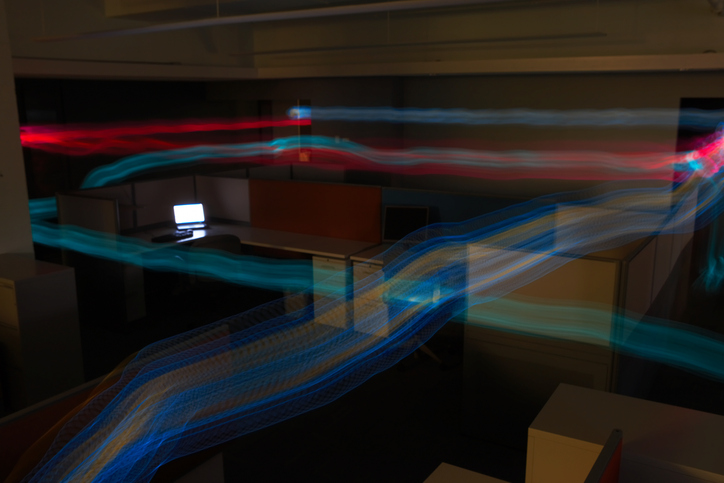Real-Time Detection and Imaging of Terahertz Pulse Radiation by Using Photoacoustic Conversion
TECHNOLOGY NUMBER: 5854

OVERVIEW
Novel Terahertz pulse detector combining photoacoustic effect and microring resonator
- Enhances THz detection with room-temperature operation and rapid response
- Applicable in material science, biomedical imaging, and real-time THz sensing
BACKGROUND
Terahertz (THz) waves span from 0.1 to 10 THz and are invaluable for imaging, chemical identification, and material characterization. Traditional THz detectors, like bolometers and pyroelectric detectors, require bulky optics or cryogenic cooling, making them impractical for many applications. Their long integration times (1-1000 ms) limit real-time detection capabilities. Moreover, these technologies often suffer from modest sensitivity and substantial thermal background noise. To address modern needs in fundamental research and practical applications—ranging from pharmaceutical analysis to biomedical imaging—there is a significant demand for smaller, more sensitive, and faster THz detection systems. An improved method that provides compactness, room-temperature operation, and rapid response times would not only facilitate existing applications but also unlock new potential uses in various scientific and industrial fields.
INNOVATION
Researchers at the University of Michigan have developed an advanced Terahertz (THz) pulse detector based on the photoacoustic (PA) effect, where THz radiation is converted into sound and detected by a microring resonator. The device utilizes a carbon nanotube-polymer composite transducer to efficiently convert THz pulse energy to ultrasound, which is then detected by a highly sensitive optical microring resonator. Compared to traditional bolometers and pyroelectric detectors, this novel setup offers numerous advantages: it operates at room temperature, features a rapid response time on the order of microseconds, and is compact, measured in millimeters. These improvements enable real-time detection with significantly lower background noise, enhancing applications in material science, real-time THz imaging, and biomedical imaging. This innovative technology marks a substantial step forward in the field of THz sensing, expanding its practical and commercial viability.
ADDITIONAL INFORMATION
US9759689 "Real-time detection and imaging of terahertz pulse radiation by using photoacoustic conversion"